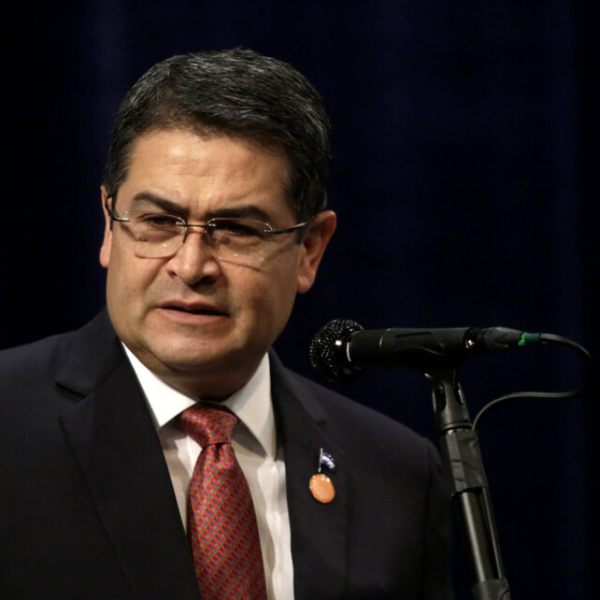
By Geoffrey Mohan, Los Angeles Times
The brain is a biological machine that makes predictions. But what happens when a wrench is thrown in the works, and jams up the ability to foresee the trajectory of a moving object, or what happens after a frown?
Researchers at the Massachusetts Institute of Technology believe such a wrench lies at the core of autism, a disorder with widely disparate symptoms that strike with varied intensity.
Social and language deficits, repetitive behavior, hypersensitivity to stimuli and other symptoms may be manifestations of an impaired ability to predict the behavior of the outside world, according to an analysis published online Monday in the journal Proceedings of the National Academy of Sciences.
An impairment in the ability to place stimuli in context with what came before and after them leaves people with autism struggling with a seemingly capricious world that makes excruciating demands on their attention, according to the report.
“We sometimes affectionately call this the magical world theory of autism,” said MIT neuroscientist Pawan Sinha, lead author of the study. “The hallmark of a magical performance is the surprise, the unpredictability of the outcome. … Although for a brief period of time, a magic show might be pleasurable, if one is constantly immersed in that kind of a magical world, one can begin to get overwhelmed.”
Those who follow developments in the field of autism research can be forgiven if they sometimes think scientists are grasping at different parts of an elephant in a pitch-dark room. Studies often isolate the oddities of certain brain regions or genes, focus on isolated symptoms or examine niches of the disorder.
About 1 in 68 children have been diagnosed with autism spectrum disorder, according to the Centers for Disease Control and Prevention.
The new analysis does not offer new data – it instead surveyed developments in the field and tried to unite them under one over-arching hypothesis. It is likely to draw the attention of neuroscientists in large part because it was led by Richard Held, an emeritus MIT professor who has researched the brain for a half century. (His 92nd birthday is Friday.)
“This paper is deliberately a theory-heavy paper,” said Sinha. “We wanted to take a broader look at many pieces of experimental evidence that have already been collected by many different labs and see whether there were some commonalities, some way to explain the very diverse collection of results.”
The MIT researchers believe that impaired prediction often leads to anxiety, which can lead to many of the behaviors that have come to be associated with autism spectrum disorder.
For example, many people with autism are hypersensitive to sensory stimuli, even though studies show their senses are no more acute than those of others. Some can’t wear tight clothing because they find it irritating.
The authors suggest that people on the autism spectrum don’t habituate well to outside stimuli. While typical brains “get used to” touch, sounds and sights, and can prioritize them, the autistic brain is unable to do so and is constantly aroused.
That hypersensitivity is at the heart of another attempt to unify the symptoms of autism, known at the “intense world theory.” It holds that hyper-reactive brain circuits can become autonomous and follow their own development path. This could explain many extremes in relatively narrow areas, such as near-photographic memory as well as acute sensation, emotion and attention, according to the theory outlined by Swiss researchers Kamila and Henry Markram.
The theory, however, “leaves open what is causing the intensity of the world,” said Sinha. “We are saying that the world perhaps is appearing hyper-intense because it appears unpredictable,” he said.
Under the predictive impairment hypothesis, social difficulties could stem from an inability to place behaviors in context, such as what usually comes before or after a smile, a cry or a shout.
In addition, people with autism often fill their lives with routines, and some even resort to repetitive or self-stimulating behaviors, which “almost seem to be an attempt to impose order on a seemingly chaotic world,” Sinha noted.
The report suggested several general ways to test the hypothesis, and highlighted brain regions related to prediction that also are implicated in autism, such as the cerebellum, basal ganglia and anterior cingulate cortex.
“This theory is intuitive; it makes sense,” said University of California, Los Angeles neuroscientist Dr. Carlos Portera-Cailliau, who was not involved in the analysis. “It’s very exciting that people are thinking about autism beyond experiments like I do in the lab.”
Nonetheless, the hypothesis does not address “the underlying defect in the brain” that impairs prediction, Portera-Cailliau said. “I think that’s where more work needs to be done — what are the experiments that can be done to test this theory and prove it right or wrong?”
Photo via Wikicommons
Interested in more world news? Sign up for our daily email newsletter!








